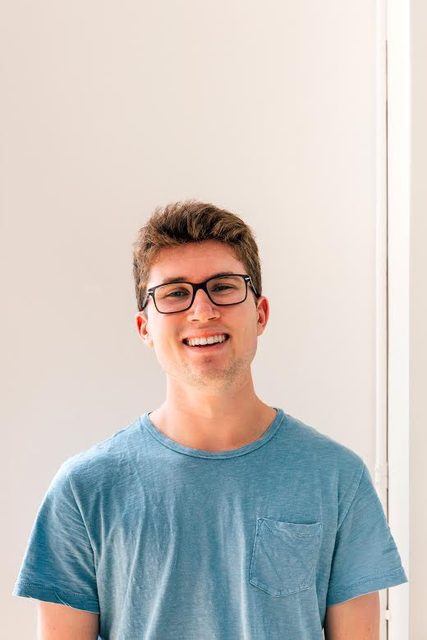COMPS Insider: Revolution, Art and Resurgence
An interview with Alex Adamczyk ’18, a Political Science major from Dover, Massachusetts, about his Comps project, focused on Revolutions and Art!


What is your major?
Political Science (wishing I could add the art history minor…)
What is the title of your comps project?
Revolution, Art, Resurgence: The Politics of Art in the Russian Avant-Garde
Tell me about the topic!
How art shifted from a purely aesthetic practice to a means of production and utopian world building during the Russian Revolution (from around 1915 to the rise of Stalin in the early 1930s). In this period, art shifted into a form of research and artists (Vladimir Tatlin, Alexander Rodchenko) asked: “how can we use our workshop (the studio) to physically construct the new world we want to inhabit?” I analyze this with a more political bent, using both architectural and aesthetic theory.
Why did you choose this topic?
I fell in love with a vast primary source document on Alexander Rodchenko… I found myself spending more time with that book than some people on campus. While I don’t quote it too heavily in the paper, it provided fascinating details about Rodchenko’s thought process, relationships, and admiration for Vladimir Tatlin. His art is fairly rigid and mechanical, so it humanized his work.
Tell me more about your process.
I spent weeks outlining, researching (reading), and throwing ideas on paper. After running through basic arguments with Professor Mihaela Czobor-Lupp and Professor Ross Elfline, I completed the most detailed outline of my life and proceeded to write and revise each week.
What are you enjoying about comps?
When else can you do it again? Especially after taking the last term off, I enjoyed sitting for hours working on my paper. Also, I like showing how the Constructivists matter today. I think Danh Vo’s exhibition at the Guggenheim this Spring exemplifies a similar attention to materiality and institutional questioning. His chandeliers, arguably the show’s centerpiece, originally hung above the signing of the Paris Peace Accords, and this recontextualization in the Guggenheim forces the viewer to implicate historical, personal, and institutional memory.